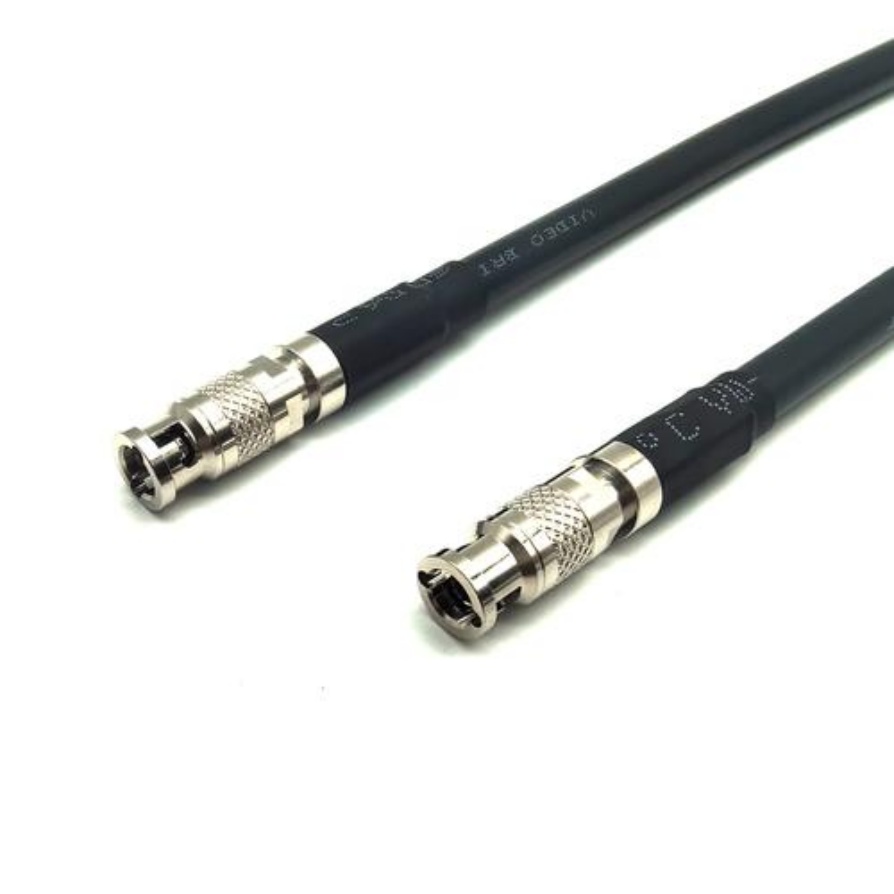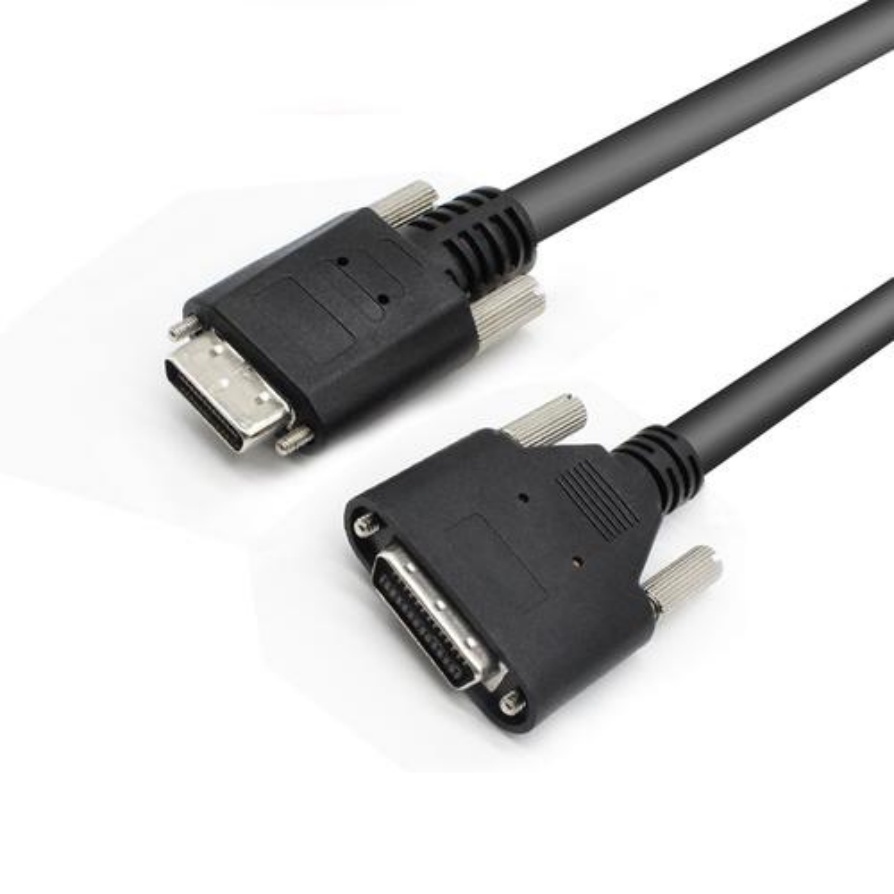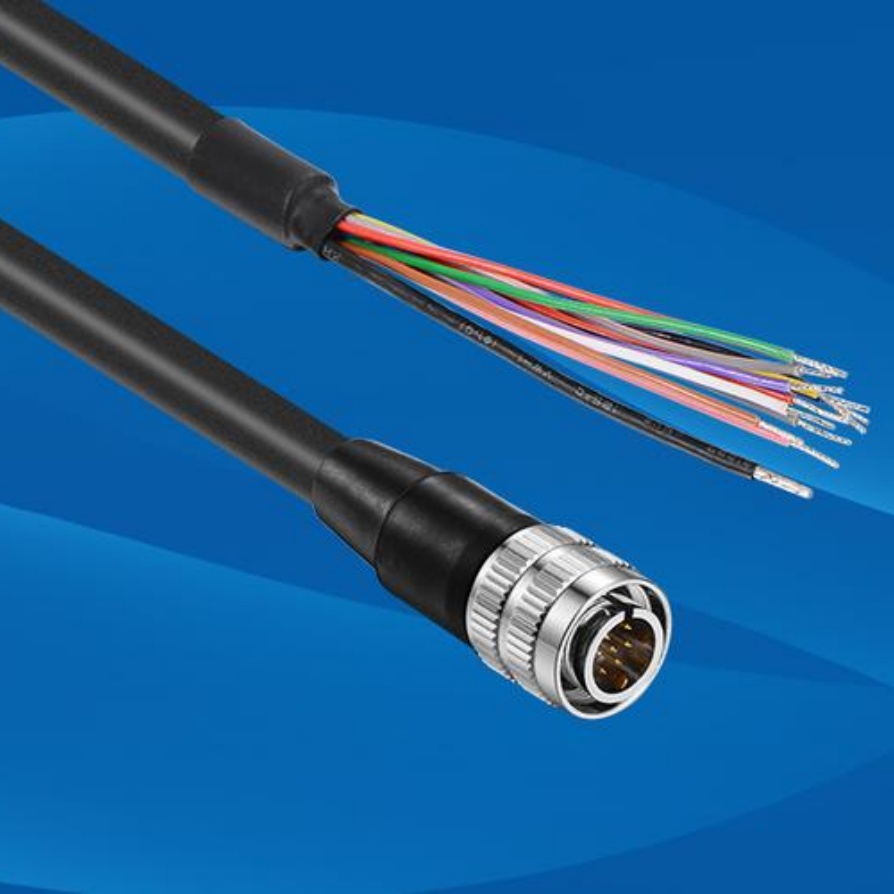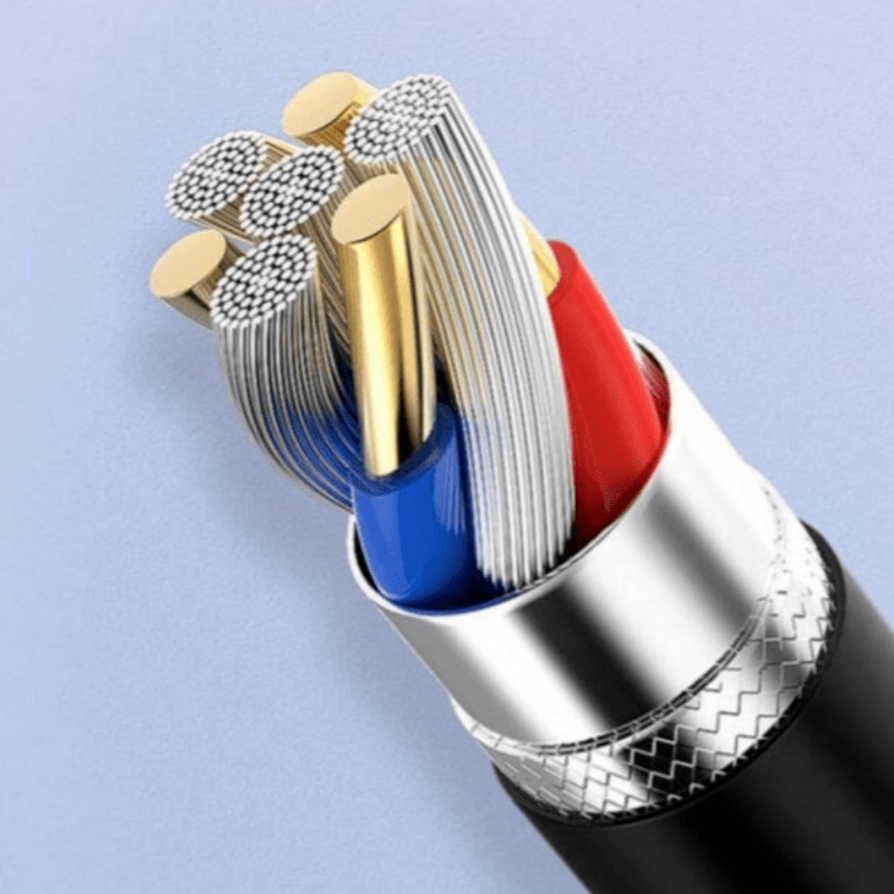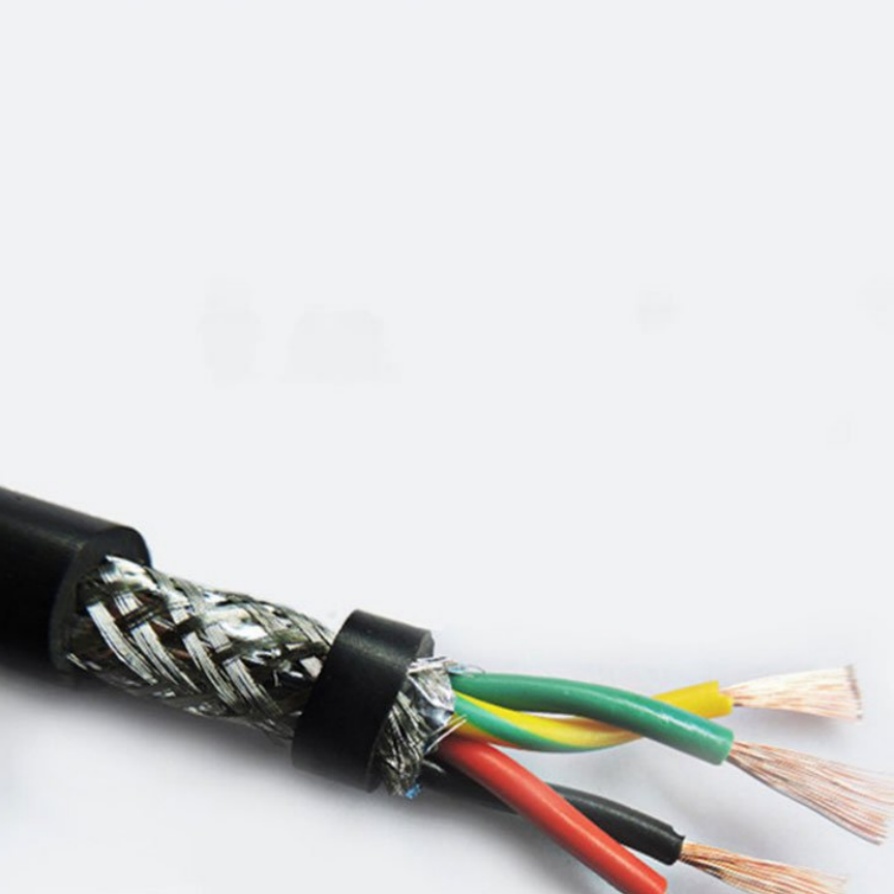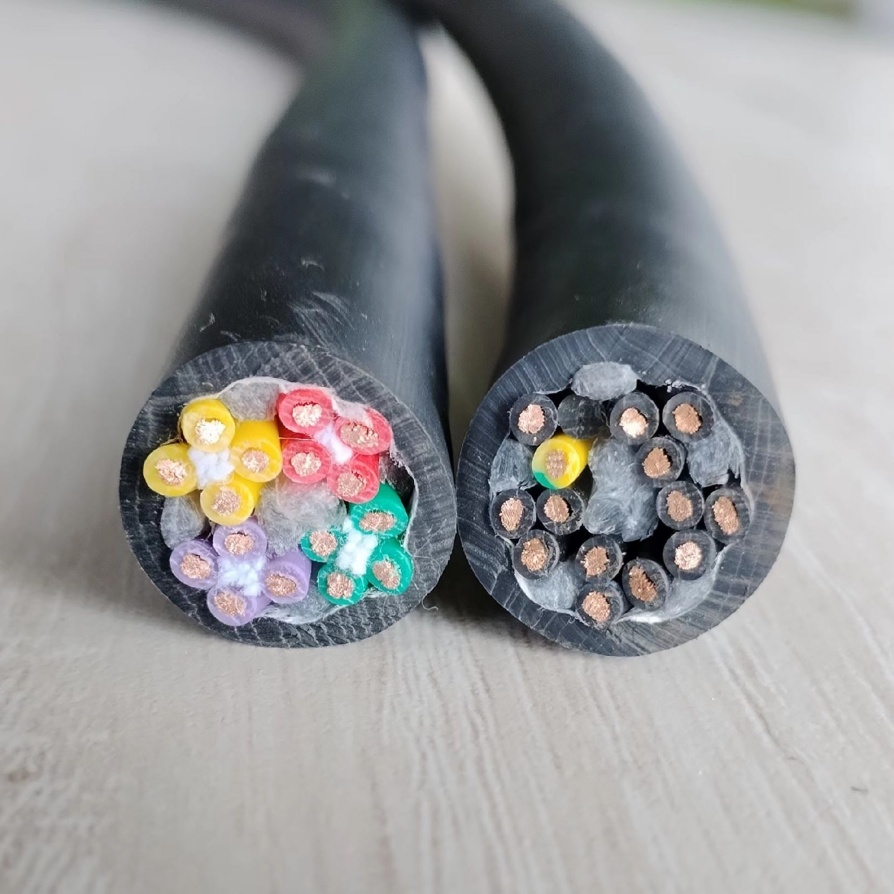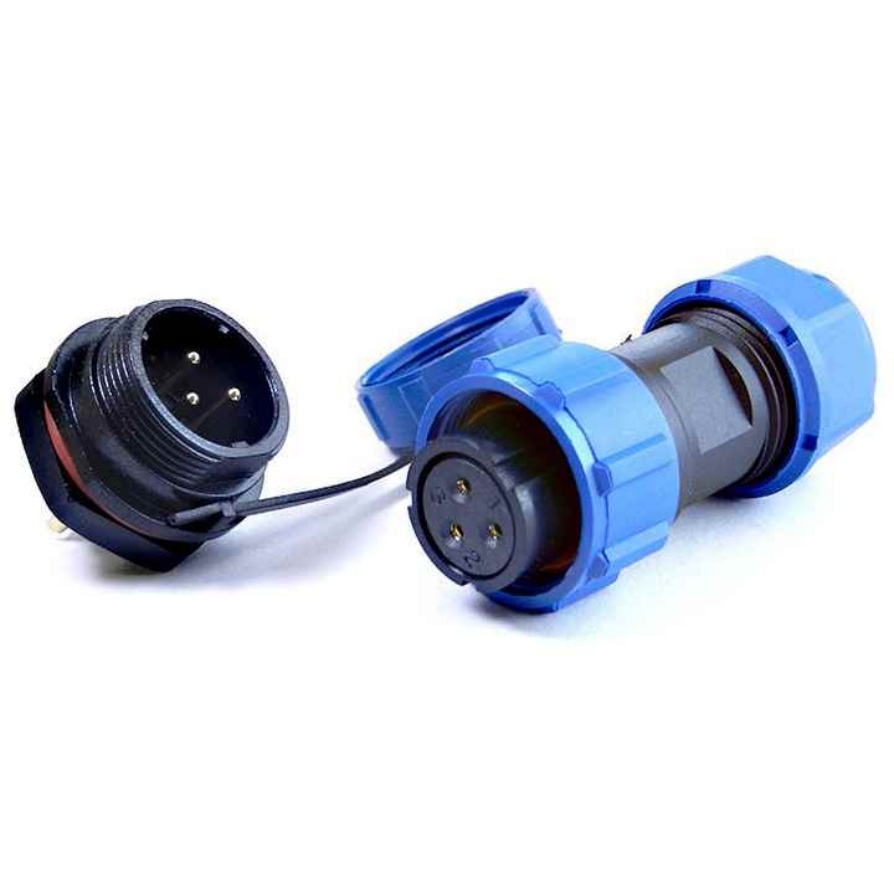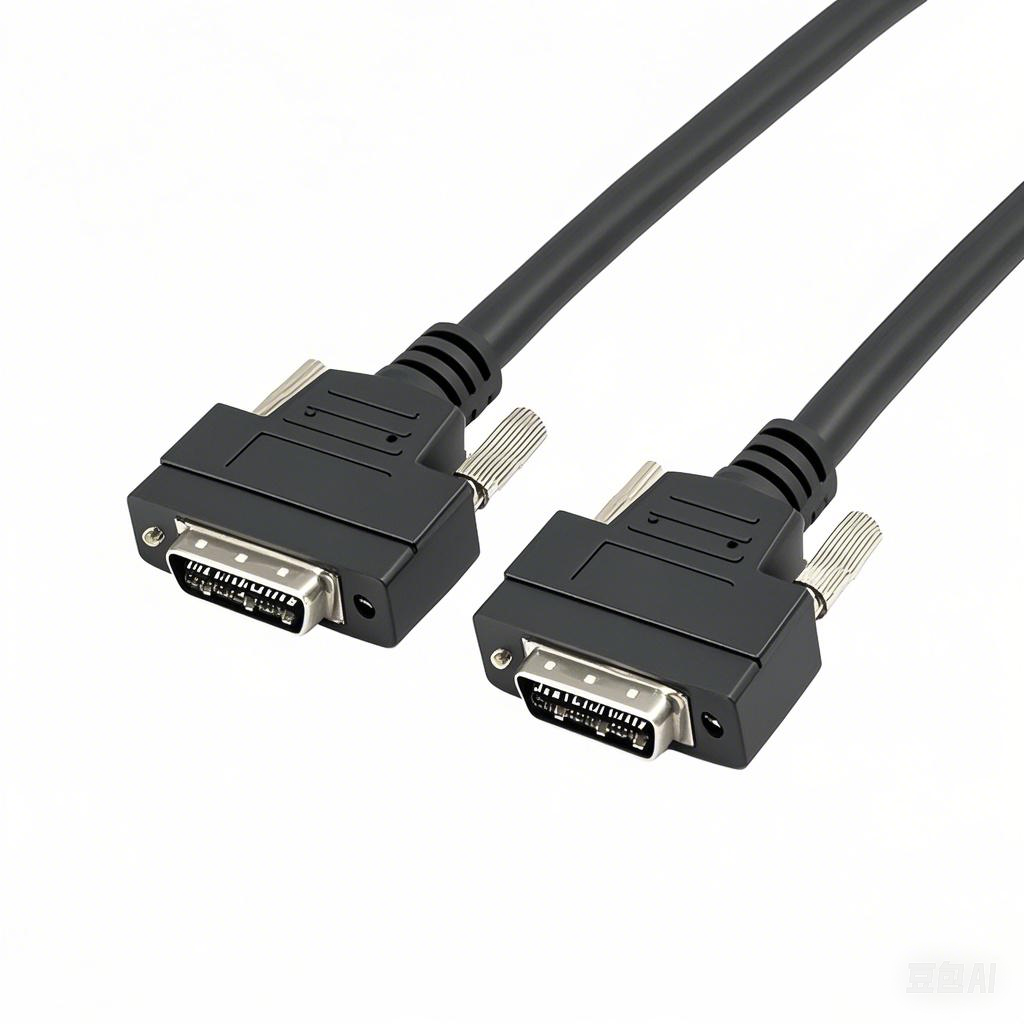What is the flexibility of machine cable at high temperatures
1. Definition of Machine Cable Flexibility Under High Temperatures
Machine cable flexibility at high temperatures refers to the ability of cables used in industrial machinery (such as robotic arms, conveyor systems, and manufacturing equipment) to maintain bending, twisting, and movement capabilities without physical damage or performance degradation when exposed to elevated temperatures (typically above 80°C, and often ranging up to 200°C or higher in extreme applications). Unlike ambient-temperature flexibility, high-temperature flexibility requires resistance to thermal aging, material hardening, and structural breakdown—factors that directly impact the cable’s service life and the safety of connected machinery.
2. Key Factors Influencing High-Temperature Flexibility
2.1 Material Composition
The choice of conductor and insulation/sheath materials is the most critical determinant of flexibility at high temperatures:
- Conductors: Stranded copper conductors (especially those with fine, multiple strands) outperform solid conductors in flexibility. High-temperature applications often use tinned or silver-plated stranded copper, as these coatings prevent oxidation at elevated temperatures while preserving the conductor’s ability to bend. For example, a 24-AWG tinned copper conductor with 7 strands maintains 30% more bending cycles at 150°C than a solid copper conductor of the same gauge.
- Insulation/Sheath Materials: Polymers with high thermal stability are essential. Silicone rubber (SR) offers excellent flexibility at temperatures up to 180°C and can withstand short-term exposure to 200°C; it remains pliable even after 1,000 hours of heat aging. Fluoropolymers like PTFE (polytetrafluoroethylene) and FEP (fluorinated ethylene propylene) have higher temperature resistance (up to 260°C for PTFE) but are stiffer than silicone—though advanced formulations with plasticizers can improve flexibility. In contrast, PVC (polyvinyl chloride) cables, common in ambient conditions, harden and crack above 80°C, losing all flexibility.
2.2 Structural Design
Cable construction directly affects how it handles thermal stress during movement:
- Stranding Pitch: The “pitch” (distance between twists) of stranded conductors impacts flexibility. A shorter pitch (tighter twists) increases flexibility at high temperatures, as it distributes bending stress more evenly across strands. For instance, a cable with a 10mm stranding pitch can endure 50% more repeated bends at 120°C than one with a 20mm pitch.
- Shielding Layers: Metal braid shields (e.g., tinned copper braid) must be designed to flex without breaking when heated. Loose braid coverage (60-80%) balances flexibility and EMI protection, while tight braids (90%+) may become brittle and crack at high temperatures.
- Jacket Thickness: A thinner, high-performance jacket (e.g., 0.2-0.5mm silicone) allows more flexibility than a thick, rigid one—provided it still meets thermal and mechanical strength requirements. Overly thick jackets restrict bending and trap heat, accelerating material degradation.
2.3 Temperature Exposure Conditions
- Continuous vs. Intermittent Heat: Cables exposed to continuous high temperatures (e.g., in industrial ovens) require more robust flexibility retention than those with intermittent exposure (e.g., automotive under-hood cables). For example, a silicone-insulated cable may retain 80% of its ambient flexibility after 2,000 hours at 150°C (continuous heat) but 95% after the same duration of intermittent 150°C cycles (with cool-down periods).
- Temperature Extremes: Beyond a material’s maximum operating temperature, flexibility degrades rapidly. PTFE cables, for example, start to lose flexibility above 260°C, while silicone cables become brittle at temperatures exceeding 200°C for extended periods.
3. Testing Methods for High-Temperature Flexibility
To quantify flexibility and ensure reliability, industry standards (such as IEC 60228, ASTM D2671, and UL 1581) define specific testing protocols:
- Dynamic Flexibility Test: Cables are mounted on a test rig that simulates real-world movement (e.g., repeated bending around a mandrel) at a specified high temperature (e.g., 150°C). The test measures the number of bending cycles until the cable fails (e.g., conductor breakage or insulation cracking). A high-quality machine cable should complete 10,000+ cycles at 120°C.
- Static Flexibility Test: After exposing the cable to a constant high temperature (e.g., 180°C for 168 hours), technicians measure its bending radius (the smallest radius the cable can bend without damage) and compare it to the ambient-temperature bending radius. A flexible cable will show ≤20% increase in bending radius post-exposure.
- Hardness Test: Using a durometer, the hardness of the insulation/sheath is measured before and after heat exposure. Increased hardness (e.g., >10 Shore A units) indicates reduced flexibility and potential material degradation.
4. Practical Implications for Industrial Applications
Understanding high-temperature flexibility is critical for avoiding costly downtime and safety hazards:
- Robotics: Robotic arms with moving cables operate at 80-150°C due to motor heat. Cables with poor high-temperature flexibility will crack within weeks, causing short circuits. Silicone-insulated, fine-stranded cables are ideal here, as they maintain flexibility for 20,000+ bending cycles at 120°C.
- Aerospace & Automotive: Engine bay cables face 150-200°C. PTFE-insulated cables with silver-plated conductors are preferred, as they retain flexibility and resist oxidation at these temperatures.
- Industrial Ovens: Cables inside ovens (200-250°C) require ultra-flexible, heat-resistant materials like mica tape-reinforced PTFE. Standard cables will harden and snap within days in this environment.
5. Common Myths and Misconceptions
- Myth 1: “High-temperature resistance equals high flexibility at high temperatures.”
Reality: A cable may withstand 250°C (thermal resistance) but become stiff and brittle (poor flexibility) at that temperature. For example, some ceramic-coated cables resist 300°C but cannot bend without breaking above 100°C.
- Myth 2: “Thicker insulation improves high-temperature flexibility.”
Reality: Excess insulation adds rigidity and traps heat, accelerating material aging. A thin, high-performance insulation (e.g., 0.3mm silicone) is more flexible and dissipates heat better than a 1mm PVC-silicone hybrid.
6. Conclusion
The flexibility of machine cable at high temperatures is a multifaceted property shaped by material selection, structural design, and temperature conditions. It is not merely about withstanding heat—it is about maintaining movement capabilities to ensure reliable, long-term performance in industrial machinery. By prioritizing fine-stranded conductors, high-quality thermal polymers (silicone, PTFE), and optimized structural design, and verifying performance through standardized tests, engineers and procurement teams can select cables that meet the unique flexibility demands of high-temperature applications. Ultimately, investing in cables with proven high-temperature flexibility reduces maintenance costs, extends equipment life, and enhances operational safety.



